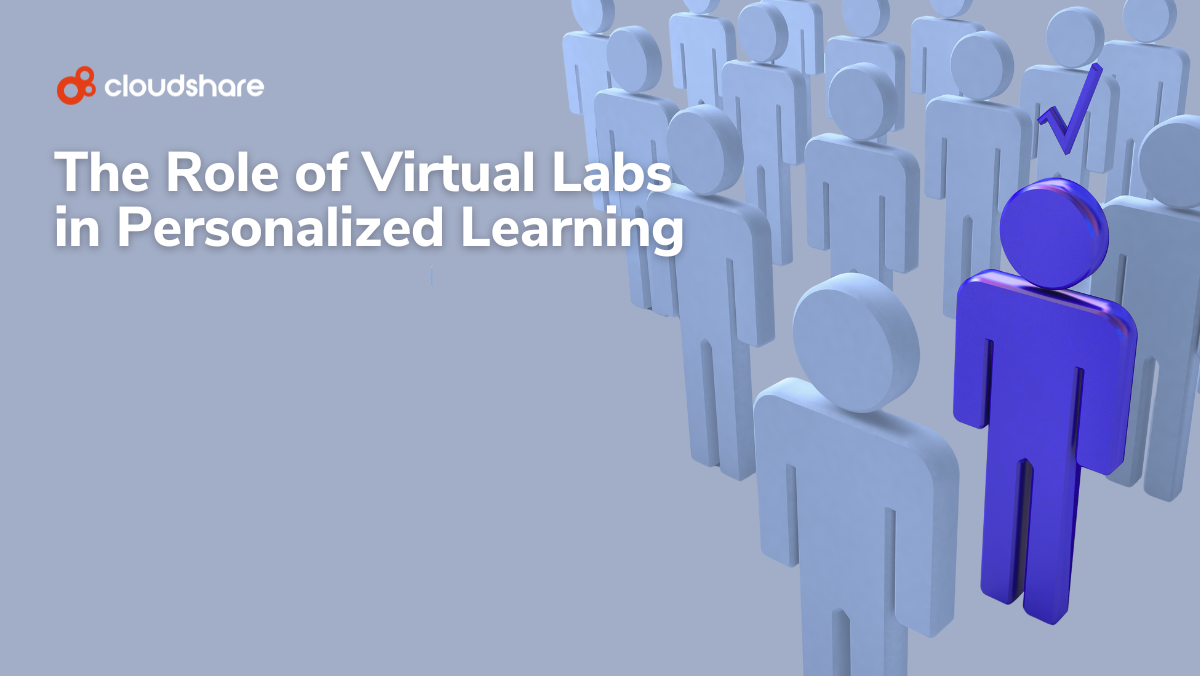
Learning fatigue remains an ongoing problem in L&D, as well as in Customer and Partner Education, but some organizations have been adopting a novel solution: using avatars for teaching.
These digital entities can greatly enhance the learning experience, improving both engagement and knowledge retention through simulated human interaction.
Here are five smart ways you can use avatars in your training and eLearning programs.
Key Takeaways:
- Avatars are digital personas that make learning more interactive
- Effective, compelling avatars require thoughtful narrative and visual design
- AI-driven avatars can greatly boost immersion through dynamic, adaptable training
- To ensure avatars remain relevant, they should be continuously assessed and refined
Do Your Research
Before you start designing, answer the following questions:
- What role(s) do I need this avatar to fill?
- What persona would be most effective: colleague, mentor, rival, or someone else?
- How should the avatar look?
- What mannerisms and characteristics should the avatar have?
- How can I avoid using potentially offensive portrayals or stereotypes?
Conduct a survey of your learners to determine what kind of personality and appearance will resonate most, then ‘flesh out’ the avatar by considering their back story, motivations, ambitions, likes and dislikes etc. to avoid creating a one-dimensional character.
You also need to make sure all of the avatar’s characteristics match their assigned role.
Consider Using Multiple Avatars
You don’t need to rely on just a single avatar. A single course could, for example, include one avatar that acts as a narrator, another that serves as an instructor, then a third and fourth who play the roles of friend and rival, respectively. Scenario-based learning might include a whole host of avatars, each playing a specific part.
Use AI to Make Your Avatars More Responsive
Artificial intelligence is, in many ways, the “secret sauce” of eLearning avatars. It empowers them with a level of responsiveness that was previously impossible, allowing them to implement your teaching strategies and even convincingly imitate real-world interactions.
Because they’re so much more dynamic, AI avatars also provide a sense of authenticity and heightened immersion to participants.
Make Sure Your Avatars Adopt the Right Tone of Voice
In most cases, an avatar should be friendly and approachable while still maintaining an air of authority. Some conversational language is good, but overdoing it could undercut the avatar’s role.
Avoid veering too far in the other direction, as well — too much overly professional language will make the avatar seem wooden and uninteresting.
Continuously Refine Your Avatars
Regularly collect feedback on each avatar. Ask people how engaging and effective it is and if there’s anything they’d change about it. Leverage that feedback to iteratively adjust and improve, ensuring it better serves both your needs and those of your audience.
Avatars: A New Frontier for Corporate Education
Avatars aren’t just flashy add-ons—they’re an opportunity to make digital training more personal, responsive, and human. When done well, they can shift learning from something people get through to something they actually connect with.
Like any part of your training strategy, avatars need care, thought, and ongoing feedback. But the payoff is worth it: deeper engagement, better knowledge retention, and a richer, more memorable learning experience.
Looking to deepen your AI training strategy? Use any of these 7 tips to effectively use AI in corporate training.
Or perhaps you’re ready to put avatars into production. See how CloudShare can help get you there with a personalized demo.
FAQs
What are avatars in eLearning?
An avatar is a type of virtual training technology that directly interacts with learners throughout their educational journey. It’s a digital character capable of playing many roles, including facilitators, instructors, narrators, partners, and even rivals. An avatar’s main purpose is typically to enliven the learning experience through interactive dialogue.
How do avatars improve engagement and knowledge retention in training?
Avatars introduce a novel form of interactivity to the learning process, providing personalized feedback and guidance along with a sense of social interaction. This breaks the monotony and solitude frequently associated with self-paced training while also promoting more active participation amongst trainees.
Can avatars be used in virtual labs or simulations?
Yes, and using them can make hands-on learning experiences significantly more immersive by adding dynamic, human-like interactions and personalized feedback. An organization training its security team to deal with phishing attacks, for instance, might use an avatar to represent a careless employee or a fellow security engineer.
What are some best practices for using avatars in online training?
Best practices for using avatars in virtual training include:
- Define one clear role for each avatar, and make sure they stick to it
- Develop realistic, relatable personalities
- Promote inclusivity when designing their appearance
- Integrate them in a way that enhances rather than overshadows learning content
- Refine avatars based on learner feedback
What tools are commonly used to create eLearning avatars?
Many content authoring tools have started offering support for avatar creation. There are also several dedicated avatar creation platforms, of which HeyGen is currently the most comprehensive. AI-powered multimedia creation tools may also be used to create avatars, while platforms like VRChat allow users to create personalized avatars to represent themselves in a VR environment.




